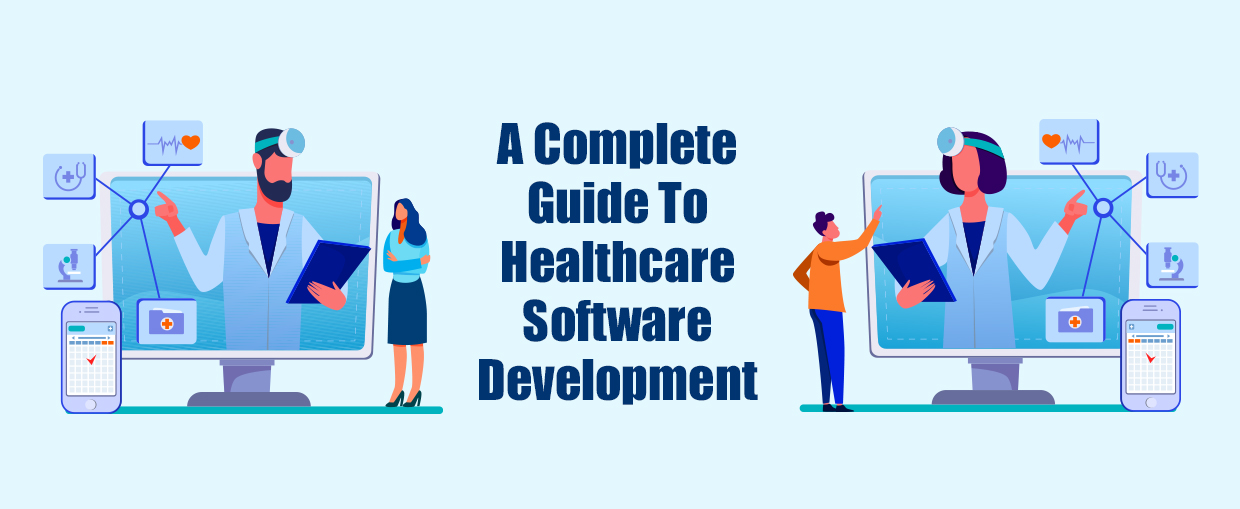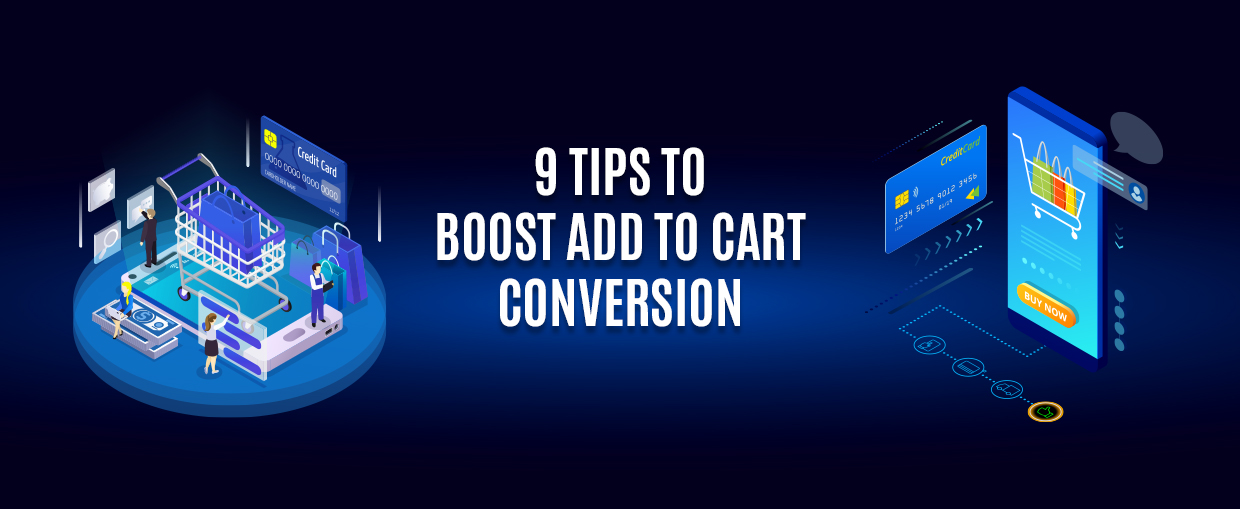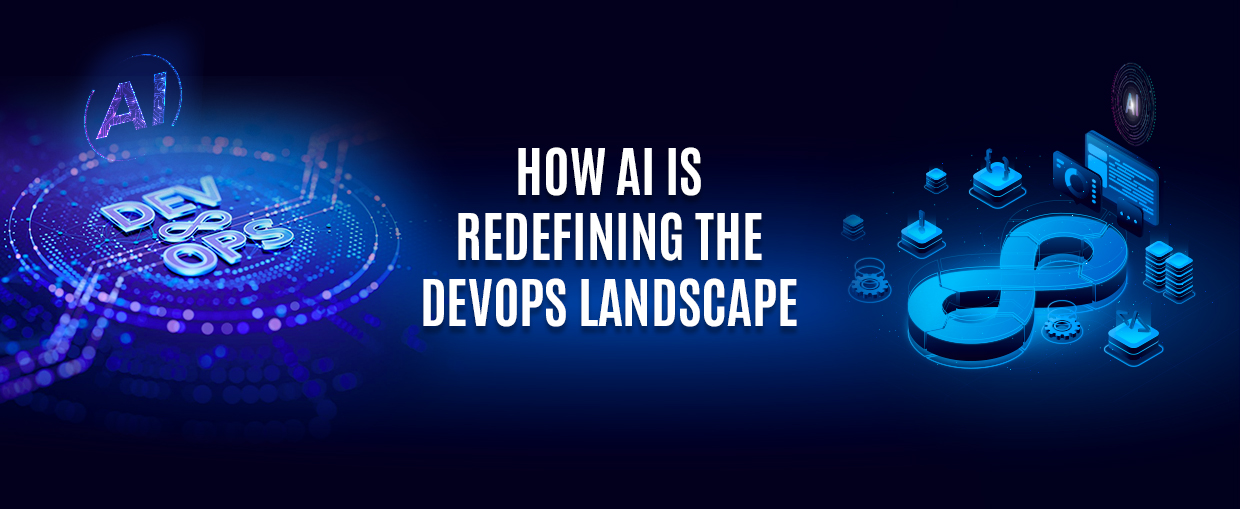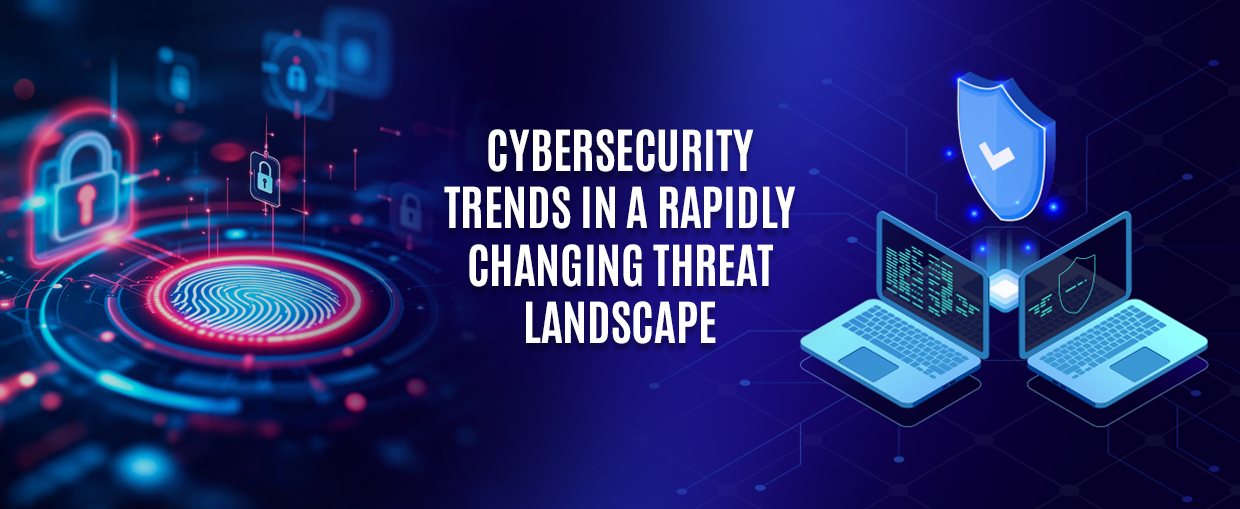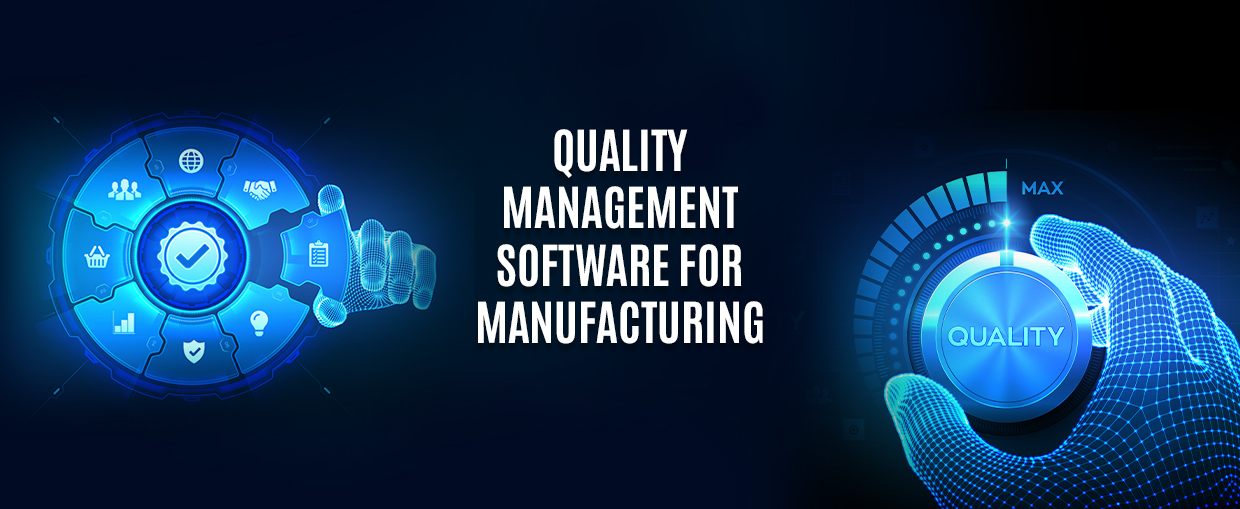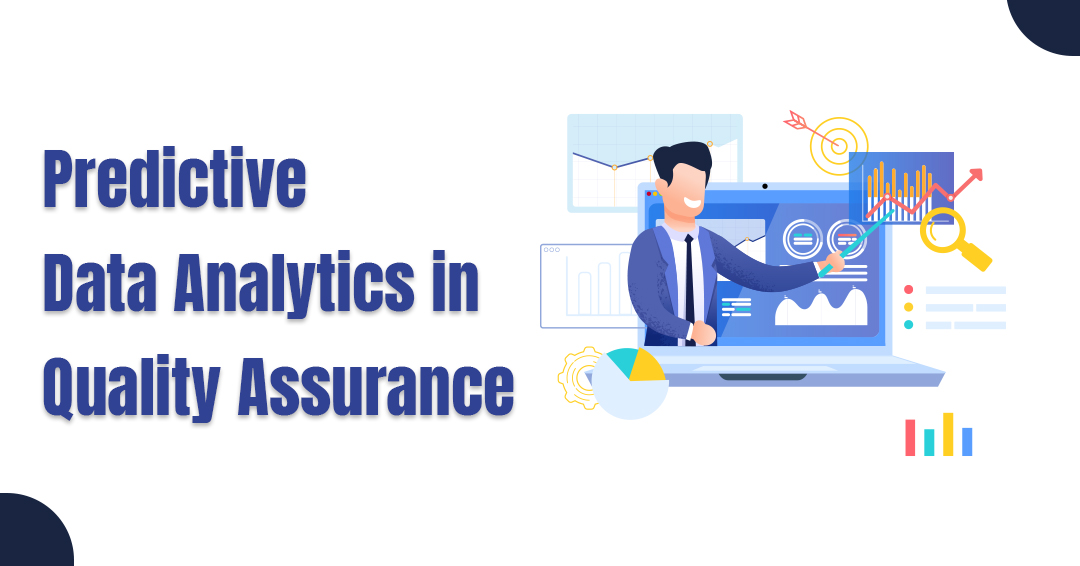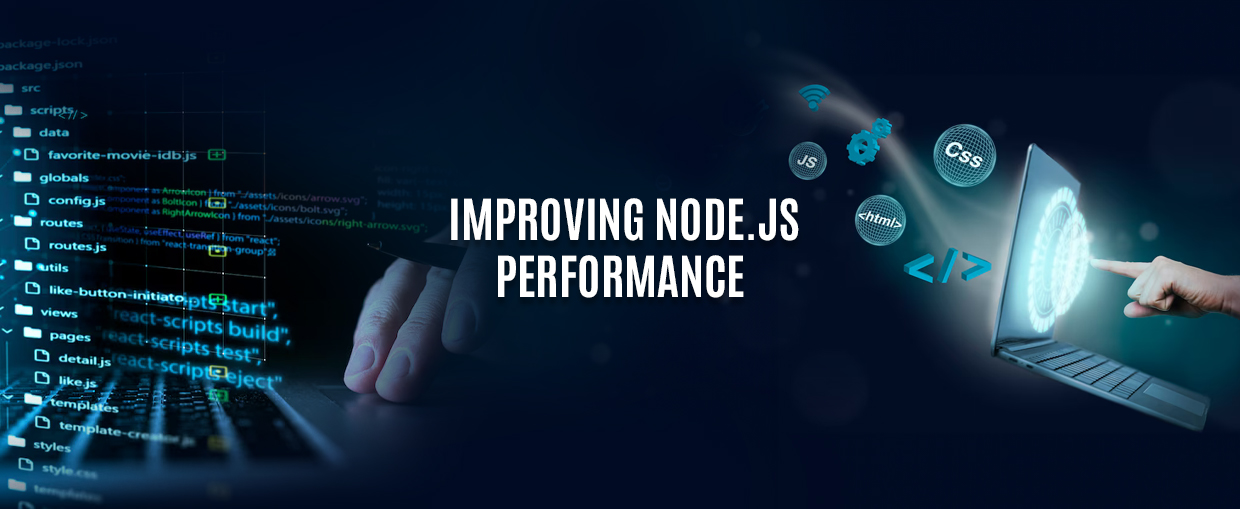Today, software and applications are used by humans for nearly everything, including ordering pizza from their favorite restaurant and working remotely from home with colleagues. The demand for healthcare software development has increased significantly in response to the growth of the global healthcare IT industry in recent years.
Technology is essential for boosting operational effectiveness, fostering innovation, and improving patient care in the quickly changing healthcare environment of today. Healthcare software development makes it possible for patients, payers, and providers to obtain cutting-edge solutions that improve the quality of care. Continuous technological advancements modernize and alter the healthcare system as a whole to improve patient care.
Let’s examine the ins and outs of custom healthcare software development services in this extensive guide as we move into 2023. Now, let’s get started on this journey to find out how to create innovative healthcare software in 2023.
What Is Healthcare Software Development?
The term “healthcare software development” describes the process of developing, building, and executing software solutions specifically for the healthcare industry. Developing customized computer programs for the healthcare sector enhances patient care, accuracy, and efficiency.
Using programming languages, frameworks, and technological tools, software developers create platforms, apps, or systems that cater to the particular needs of patients and healthcare providers. When combined, they form a whole ecosystem inside the organization that will allow you to offer precise and superior clinical services. Doctors can have easy access to reports, manage staff, book appointments, track patient health status, and even more. In addition to receiving health advice, patients can communicate with doctors and share reports.
Software services are obvious in the industry in several ways, including clinical resources, medical equipment, and even devices that manage medical financing. Every technological advancement seeks to use technology to enhance the delivery of healthcare and enhance overall health outcomes. Among its many advantages, machine learning has accelerated the development of healthcare software by simplifying the process of digitizing patient records and diagnosing ailments. Of course, e-health and big data have also contributed to the revolution in healthcare app development.
Popular Types of Healthcare Software
Electronic Health Record Software
EHRs, or electronic health records, are used to digitally store patient data. Clinics and hospitals use it to store a patient’s whole medical history. Government health regulators in many countries are advancing their plans to impose mandatory electronic health record keeping.
Compared to paper-based records, these records offer a safe and convenient means of storing medical records. The possibility of losing medical history, becoming illegible, or being permanently destroyed does not exist for electronic records. Since there is only one file that is updated over time, it also avoids the duplication of medical records. Hospital management software and practice management software are typically integrated with electronic health record software, which is used in both clinics and hospitals.
Hospital Management Software
Hospital administration receives daily operational support from hospital management software. Automation of accounting, medical billing, claims, outpatient care, inventory, bed management, and other processes can be aided by these kinds of programs.EHR and hospital management software frequently connect to help with concurrent patient record tracking.
E-prescribing software
Electronic prescriptions are becoming the norm in numerous countries, so doctors now need to have access to e-prescribing software. Medical practitioners can use the software to monitor, cancel, and renew their patients’ prescriptions. Additionally, national drug reference databases are integrated with it.
Telemedicine Software
With an expected market value of $64 billion by 2025—and that’s just the data for the United States alone—telemedicine is a booming industry. Its ease of use for both patients and doctors is what drives its success. With the use of telemedicine software, medical practitioners can schedule patient appointments online through a mobile app or a web browser. Some software also includes a billing module and e-prescriptions in addition to the video conferencing feature.
Medical database software
Medical database software keeps track of patient’s medical histories and treatment plans, just like EHR software does. But in contrast to EHRs, diseases—rather than patient profiles—are used to categorize the database. Doctors benefit from medical database software in two main ways:
- Comparing a patient’s case with those of similar patients to make better treatment decisions.
- Studying clinical cases of a particular disease to educate themselves.
Healthcare CRM Software
Clinics and medical professionals can better maintain patient relationships with the aid of healthcare customer relationship management (CRM) software. Medical records, visit logs, and billing information are all stored in healthcare CRMs, which provide data regarding the day-to-day operations of the clinic. Patients who have scheduled checkups or appointments for prescription refills can receive automated notifications from them. They aim to speed up the process of reaching data-driven conclusions by streamlining every administrative task related to the clinic.
Remote Patient Monitoring (RPM)
By gathering patient data outside of healthcare institutions (clinics or hospitals), remote patient monitoring (RPM) can obtain more comprehensive information about the patient’s health or even assist in conducting a remote diagnosis. If an anomaly of any kind is found, remote patient monitoring software can also notify a doctor or a clinic. Wearable ECG monitors, glucose and blood oxygen meters, heart rate and blood pressure monitors, and other devices are examples of remote patient monitoring technology.
RPM equipment and technology can generally be seen to enhance in-home healthcare services for elderly patients, those recovering from surgery, and those with chronic illnesses.
Medical research software
Software for medical research is primarily used for two purposes: sharing research findings with the medical community and providing education. When it is not possible to find internal references for comparable clinical cases among patients, this kind of software is often used to support diagnoses and train medical staff.
Medical imaging software
3D model designing and the processing of MRI, CT, and PET scans are the main uses of medical imaging and visualization software. Software for medical 3D imaging allows:
- Human anatomy 3D modeling
- Designing and printing equipment or body parts
Medical billing software
Healthcare organizations use billing software specifically for their financial operations. It facilitates all transactions and aids in the management of insurance claims, invoices, and receipts. Although many Hospital Management Systems also have this feature, standalone apps for healthcare billing software are still readily available.
Health tracking apps
The largest category of healthcare software is undoubtedly made up of health tracking apps, which can be used for movement and physical activity tracking, dieting, weight loss, and—most recently—mental health and wellbeing apps. These are frequently add-on apps for wearables, the most well-known of which are Fitbit and Apple Watch for tracking your activity, heart rate, and sleep. It is definitely out of date to claim that these apps are not directly related to professional medical software and are instead quasi-medical in nature.
Personal Health Record software
Personal Health Record software has a different function than health tracking apps, which are primarily used to maintain a healthy lifestyle. Its purpose is to monitor diseases. These applications function as medical diaries and can be integrated with the software used by the doctor or hospital, or they can be stored on the patient’s device. The Tulipa app, which was created for Parkinson’s disease patients, is an excellent illustration of how Personal Health Record software functions.
Role of Healthcare Software Development Companies
The emergence of highly specialized software development companies for healthcare resulted from the increased need for technological solutions in the medical field. Through a range of optimization services, they support hospitals, medical schools, and non-governmental organizations. Finding a genuinely dependable software development partner is also necessary given the extent of the requested enhancements.
Medical institutions primarily use cost as a justification for implementing IT solutions. A hired software development company should, above all, use cost optimization to address the issue of increased financial efficiency. Here, data from the technologies can be used to manage client behavior, emergency analytics, and financial KPIs. Spending money on a healthcare software development company is justified when these factors are taken into account. The three services that healthcare software development companies provide are listed below.
- Healthcare Software
- Healthcare Apps
- Custom Solutions
To deliver the most accurate results and guarantee client satisfaction, healthcare software development companies primarily concentrate on task-oriented solutions. However, creating a single, comprehensive healthcare ecosystem is the ultimate goal of any technological introduction. Therefore, a reputable software development firm always provides healthcare organizations with an extensive range of services, including cloud computing, mobile and web development, IT outsourcing, and IT consulting.
Factors Affecting the Cost of Healthcare Software Development
1. In-house and outsourced project
There are two choices to consider during custom healthcare software development. They are hiring an in-house software development team or outsourcing the project to a software development company. Both have their pros and cons. Hiring an internal team requires a lot of time and resources.
If you want to keep development costs under control, it is preferable to outsource software development to a company that specializes in healthcare software development. Geographical location also affects software development costs. Selecting an offshore development team allows you to control costs without sacrificing the quality of the development. You receive the best value for your money because average salaries are lower.
2. Timeline of development
In a couple of months, a basic software with a simple feature set and design that excludes third-party integration and doesn’t process data from third parties can be developed. In contrast to the expenses associated with creating advanced software with lots of features, the software development costs in such a scenario would naturally be lower. Patient data must be encrypted using healthcare software, and multiple third-party integrations are often required. Complex healthcare software can take up to six months to plan, develop, and implement, which drives up software development costs.
3. Team size
The entire cost of developing healthcare software will be greatly influenced by the expertise and experience of the team working on your project. The development duration will probably be shortened by having a larger team of skilled developers. It might be counterproductive and ultimately more expensive to understaff the project. Although hiring a larger team could seem expensive at first, there are many long-term advantages for your project. A team that already exists and has completed multiple projects together can collaborate more successfully and produce greater results.
4. Project scope
The project’s scope remains flexible. You may elect to eliminate certain features that you think are unnecessary in light of the input you receive from the stakeholders. On the other hand, you could also decide that the program requires some extra features, which would raise the related development expenses. Agile development is effective at controlling development costs and works well for projects with a variable scope.
5. Software Complexity
The project’s complexity can be further categorized into three different classes.
- Tech complexity
- Design complexity
- Feature set complexity
The associated software development expenses will also rise in accordance with the features’ level of complexity that you decide to integrate.
Why Custom Healthcare Software Development?
Healthcare providers need to use technology to enhance patient outcomes and maintain their competitiveness in a market that is changing quickly, especially as healthcare becomes more complex and data-driven. This problem can be effectively solved with custom healthcare software development, which helps businesses improve patient care, streamline operations, and maximize results.
Custom healthcare software development offers several advantages, chief among them the capacity to design solutions specifically suited to the requirements of individual organizations. Developing custom software for the healthcare industry can also help with the shift to value-based care, which prioritizes patient satisfaction and outcomes over volume.
Steps Involved in Healthcare Software Development
Step 1: Determine Your Needs
Identifying the type of healthcare software you require is the first step. Examine all of your options carefully, taking into account aspects like price, usability, scalability, security, and adherence to industry standards. Step two can be executed after you’ve determined which type of healthcare software best suits your requirements and your budget.
Step 2: Understand Regulatory Compliance Requirements
Complying with all necessary laws and regulations is crucial for the healthcare industry, as it is subject to strict regulations that must be understood. This entails being aware of the laws that may be relevant as well as how they could affect your software development and design procedures. When creating custom healthcare software solutions, it’s crucial to take into account potential security requirements like HIPAA compliance or other data privacy issues.
Step 3: Create a Roadmap
It’s crucial to have a thorough plan in place before development starts that covers all aspects of your project, from desired features and technical specifications to design elements and user experience requirements. This will act as a road map for the whole development process, and stakeholders across the organization should be involved in its development.
Step 4: UI/UX Design Plan
Make a thorough design strategy for your solution. User stories, wireframes, system diagrams, data models, technical specifications, use case diagrams, workflow diagrams, user manuals and documentation, and other materials should all be included in this plan. Before starting development, it’s critical to have a thorough grasp of how everything functions to avoid any surprises later on.
Step 5: Evaluate Potential Developers
Begin assessing potential developers who have the ability to realize your idea. Choose a developer proficient in both best practices for writing code and how technology functions within the broader healthcare environment. Finding someone with prior experience working on projects similar to yours is also important, as they can assist in guiding you through any potential obstacles that may arise. Lastly, to ensure that your product is always operating at its best, confirm that they can offer continuous support even after launch.
Step 6: Begin Development
Now, it’s time to start developing and testing your customized healthcare program. To do this, the application must be coded in one of several programming languages, such as Java or C#, configured databases and servers as needed, integrated third-party APIs as needed, and thoroughly tested for functionality and performance before deployment.
Step 7: Testing and Quality Assurance Procedures (QA)
Your custom healthcare software cannot be put into production until it has undergone extensive testing and software quality assurance procedures. QA consulting service providers can help you out here. To save your business time and money when users begin utilizing the system in real-world scenarios, make sure that all potential errors are found during testing so that they can be fixed before launch. Once your system has been launched, it is also advisable to do routine maintenance to find and address any problems early on.
The Future of Healthcare Software Development
Healthcare software could undergo a revolution because of machine learning and artificial intelligence. Large-scale patient data analysis, disease diagnosis, and health trend prediction are all made possible by these technologies. To fully utilize AI and ML in your healthcare software, stay up to date on the latest developments.
Another technology that has enormous promise for healthcare software development is IoT. Healthcare workers can increase efficiency, automate workflows, and monitor patient health in real time by connecting wearables and medical devices to software systems. To take advantage of this developing field, keep an eye out for innovations in the IoT.
Summing Up
Healthcare software developers can produce creative solutions that are safe, user-friendly, and capable of revolutionizing the healthcare sector by adhering to essential guidelines, guaranteeing data security and compliance, carrying out thorough testing, and embracing emerging technologies. You’ll be well on your way to creating outstanding healthcare software if you continue to tread carefully on the boundary between technology and humanity.
Even though the digital transformation of the healthcare industry is still fraught with uncertainty and difficulties, our expertise enables us to take into account a range of technologies, use cases, and solutions for a software consultancy. Speak with our professionals, who offer the best app development services, to learn more about the latest healthcare software technologies and how your business or project can benefit from them today. Talk to our experts!

